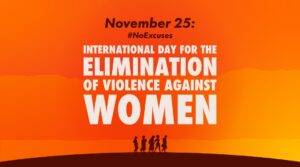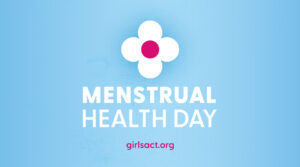A recent study identified a genetic factor that predisposes a person to a severe case of COVID-19, but would also provide protection if the same person were exposed to HIV.
Swedish researcher Hugo Zeberg, who published his work in the PNAS scientific journal, found that a segment of chromosome 3, a part of human DNA, regulates the presence of receptors located on immune cells, including the CCR5 co-receptor, which HIV uses to attach to the cell and infect it.
The precedent
At the end of 2020, the year the COVID-19 pandemic broke out, Zerberg and the German geneticist Svante Pääbo managed to identify that a segment of chromosome 3 is directly related to a higher risk of developing a severe case of COVID-19.
In that article, published in the journal Nature, the scientists also revealed that this genetic variation had been inherited from Neanderthals, and after finding it in 3,199 patients hospitalized for COVID-19, it was concluded that they had a higher risk of hospitalization and respiratory failure when infected with SARS-CoV-2.
They also concluded that this genetic variant had been increasingly prevalent in humans since the last Ice Age, and is “unusually common” today. For this reason, Zerberg wondered if this factor could be used for something positive, and not only worsen cases of a more recent disease such as COVID-19.
Protection against HIV
It has long been known that the CCR5 co-receptor is necessary for HIV to latch onto and infect cells of the immune system. When that coreceptor does not exist on the surface of these cells, the infection does not take place.
Cohorts of patients with this genetic trait have been followed up on for years, mainly in Northern Europe and South Asia, where the variation is more common. Based on the data available from those studies, Zerberg calculated how protective this trait is.
The scientist reviewed data from three cohorts and found that several co-receptors, including CCR5, were less present in these individuals, and managed to calculate that those patients who had the risk factor for COVID-19 on chromosome 3 also had 27% less risk of becoming infected with HIV.
However, one question remains to be solved. Since HIV did not appear until the late 20th century, it cannot be the reason why Neanderthal genetic variation has increased its frequency in humans. More research is needed to know if it provides protection against some other, much older disease.
HIV infection still leaves many questions unanswered, and while these answers are found, it is best to protect yourself from the virus. If you want to get free condoms or get a free HIV test, come to AHF Latin America and the Caribbean, we have offices in 11 countries in the region. Locate the nearest one or write to us on Whatsapp.





